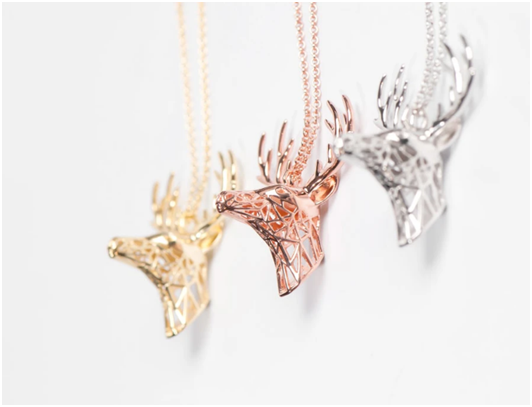
Charles R. Goulding, Taylor Goulding, and Preeti Sulibhavi appreciate symbolism and technology in animal-themed 3D printed jewelry.
For centuries humans have adorned themselves with mystical animal figure-like jewelry and talismans to bring good luck and to provide protection. During the novel coronavirus pandemic, the need to ward off harm and provide protection is a universal desire. Of course, many people simply like certain animal likenesses. Whether you subscribe to the notion of animal symbolism or not, animal figures have certainly remained a mainstay of the art of jewelry making.
The following are examples of 3D printed animal jewelry with the meaning behind the symbolism:
Fox symbolism is associated with quick thinking, adaptability, and cunning in nature as well as swiftness.
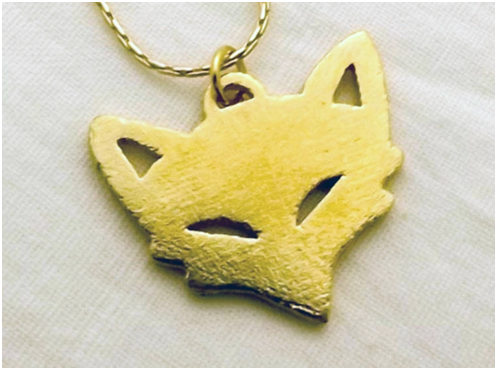
Bears have long been associated with confidence, leadership, healing ,and rest (or hibernation).
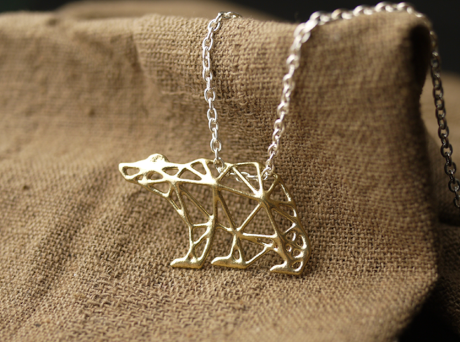
Lion symbolism has been connected to strength, assertiveness, personal power, and courage.
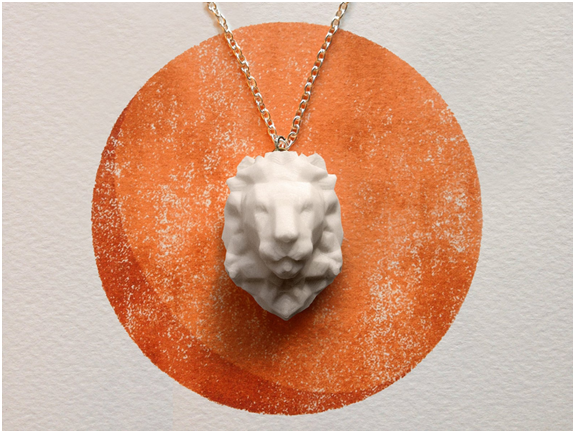
The rhinoceros is often associated with herbivores and solitary personalities (not spending a lot of time with other rhinos, but rather with birds for example). An interesting fact to note: there are no natural rhino predators.
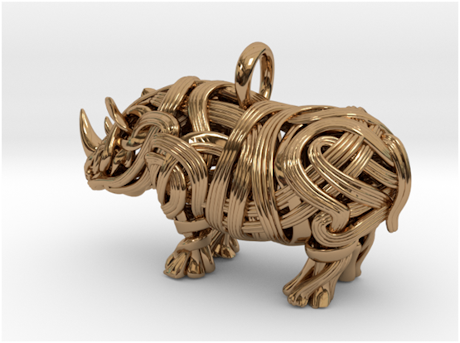
Part of the Brand
For some major jewelers, a specific animal can become part of their brand. For Cartier, the panther symbolizes an independent woman. For Bvlgari, a serpent is often associated with the brand. For Gabrielle Chanel, known to most of us as Coco, the lion likeness mostly adorned her jewelry designs.
Jewelers engaged in 3D printing activities and developments are eligible for federal and some state tax incentives such as the Research and Development (R&D) tax credit.
The Research & Development Tax Credit
Whether it’s used for creating and testing prototypes or for final production, 3D printing is a great indicator that R&D Credit eligible activities are taking place. Companies implementing this technology at any point should consider taking advantage of R&D Tax Credits.
Enacted in 1981, the now permanent Federal Research and Development (R&D) Tax Credit allows a credit that typically ranges from 4%-7% of eligible spending for new and improved products and processes. Qualified research must meet the following four criteria:
- Must be technological in nature
- Must be a component of the taxpayer’s business
- Must represent R&D in the experimental sense and generally includes all such costs related to the development or improvement of a product or process
- Must eliminate uncertainty through a process of experimentation that considers one or more alternatives
Eligible costs include US employee wages, cost of supplies consumed in the R&D process, cost of pre-production testing, US contract research expenses, and certain costs associated with developing a patent.
On December 18, 2015, President Obama signed the PATH Act, making the R&D Tax Credit permanent. Since 2016, the R&D credit has been used to offset Alternative Minimum Tax (AMT) for companies with revenue below $50MM and, startup businesses can obtain up to $250,000 per year in payroll tax cash rebates.
A 3D Printed Spell is Cast…
3D printing can greatly support jewelers in creating animal likenesses in their designs by improving the accuracy, precision and durability (while remaining lightweight) of everything from bracelets to watches. There is also more flexibility in material selection as well. By integrating 3D printing into their designs, jewelers can create a multitude of options for animal lovers, while valuing the meaning behind particular likenesses.
